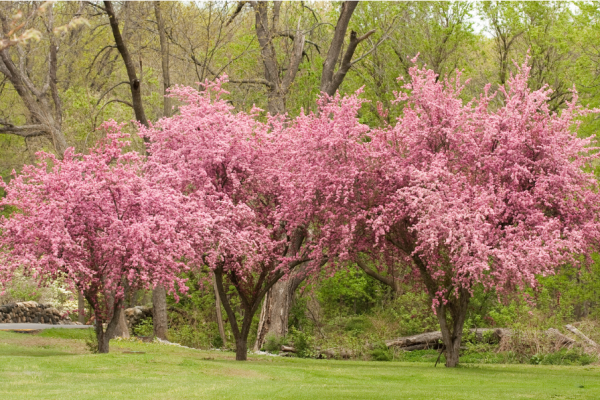Effective Winter Pruning Techniques
1. Assess the Tree’s Needs
Before you start pruning, assess the tree’s structure and health. Identify dead, damaged, or diseased branches. Determine which branches need removal to improve the tree’s shape and balance. Planning your cuts ensures you don’t remove more than necessary, maintaining the tree’s health. If you are unsure of which branches need pruning for the tree’s best health and shape, consult one of our arborists for advice and assurance. Book your quote visit today.
2. Use the Right Tools
Using the correct tools and knowing how to handle them is crucial for effective and safe pruning.
- Ensure your pruning tools are sharp and clean. Dull tools can create ragged cuts that are harder for the tree to heal, while clean tools help prevent the spread of diseases. Make sure you are trained and competent to use your tools. The basic tools include:
- Pruning Shears: For small branches.
- Loppers: For medium-sized branches.
- Pruning Saw: For larger branches.
- Take the time to learn and understand how each tool works. Practice on smaller branches to build confidence. Proper handling avoids injury and ensures clean, beneficial cuts.
- Wear the correct safety gear such as gloves and glasses when necessary. Ensure a safe environment around the tree. If needed, work with a partner who can help spot hazards.
3. Make Proper Cuts
- Cut at the Branch Collar: The branch collar is the swelling where the branch meets the trunk. Cutting just outside this area helps the tree heal more efficiently.
- Avoid Stub Cuts: Do not leave a stub behind when removing a branch; this can become a gateway for pests and diseases.
4. Thin and Shape
- Thinning: Remove selected branches to improve light penetration and air circulation. This is especially useful for fruit trees and ornamental trees.
- Shaping: Focus on maintaining a natural shape while removing any crossing or rubbing branches that can cause damage over time.
5. Remove Suckers and Water Sprouts
- Suckers: These are vigorous shoots that grow from the base of the tree. They can sap energy from the main structure and should be removed.
- Water Sprouts: These are upright shoots that grow from the trunk or branches. They should be pruned away to maintain the tree’s shape and strength.
Which Trees Benefit Most from Winter Pruning?
1. Deciduous Trees
Deciduous trees, like maples, oaks, and birches, benefit greatly from winter pruning. They are in full dormancy, and the absence of leaves makes it easier to see and address structural issues.
2. Fruit Trees
Pruning fruit trees like apple, pear, and cherry in winter helps manage their shape, remove diseased wood, and encourage a robust fruit-bearing season in spring and summer.
3. Shade Trees
Shade trees, including ash, elm, and sycamore, also benefit from winter pruning. It helps maintain their shape and health, ensuring they continue to provide ample shade and aesthetic value.
4. Ornamental Trees
Ornamental trees such as crabapples and dogwoods can be pruned in winter to enhance their flowering and overall appearance in the growing season.

Winter pruning is a strategic approach to tree care that offers significant benefits for the health and appearance of your trees. By reducing stress, improving visibility, and minimizing the risk of disease, winter becomes the ideal time to shape your trees effectively. Employing the right techniques ensures that your trees will not only survive the cold months but also thrive in the spring, contributing to a beautiful and healthy landscape.
Still unsure how your trees need pruning? Want an expert to take care of it? Reach out to our arborists today.
Get in touch
"*" indicates required fields
